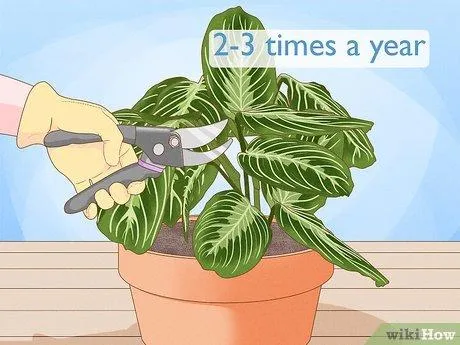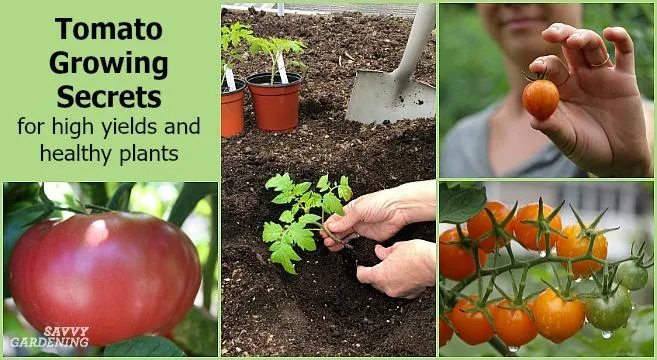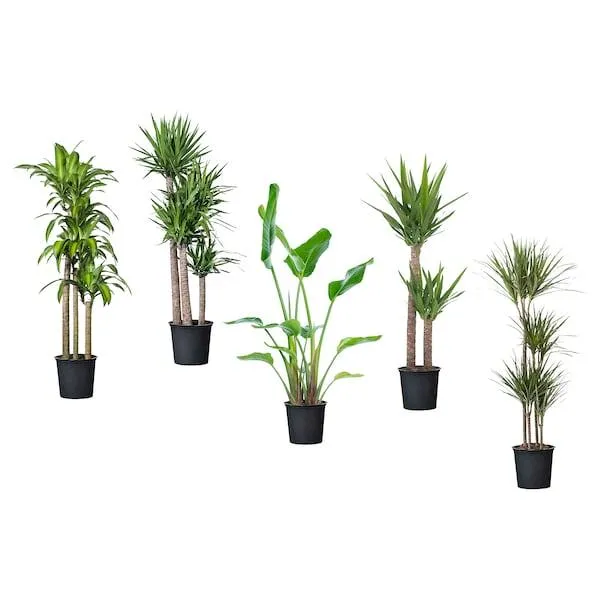Everything You Need to Know About Indoor Plants and Trees
Wondering which plants you can grow indoors and how to care for them? You’ve come to the right place. As an avid gardener, I’ve brought dozens of plant varieties into my home over the years. From my experience, indoor plants can really elevate the look and feel of any living space. Below you’ll find answers to common questions about selecting, caring for, and maintaining houseplants.
Choosing Plants Suited for Indoor Conditions
Light requirements: Light is crucial for plant health indoors. Consider where you’ll display your plants and how much natural light that area receives before picking varieties. Most homes have bright, medium, and low-light areas. Choose accordingly. Plants like snake plants and pothos thrive in low light, while philodendrons, majesty palms, and dracaenas prefer medium light.
Moisture needs: Some indoor plants like humidity more than others. Ferns, calatheas, and Peace Lilies need regular misting. Cacti and succulents on the other hand dislike wet soil. Match the watering needs of your selection to your home’s typical moisture level.
hardiness and size: Hardier plants like pothos, spider plants, and ZZ plants make great beginner picks. They’re tough and versatile. Consider an plant’s mature size too to avoid overcrowding. Dwarf/bonsai versions of trees let you enjoy the look of greenery without massive growth.
Popular Indoor Plant and Tree Varieties
Here are some top indoor plant and tree picks:

- Snake plant: almost impossible to kill, filters toxins, tolerates neglect.
- Pothos: hard to mess up, trails or climbs attractively, comes in golden or variegated types.
- Spider plant: easygoing but brings a lot of character, givesoff baby plantlets.
- ZZ plant: very low maintenance, thrives on neglect, handsome dehydrated appearance.
- Peace Lily: dramatic white flowers, tells you when thirsty by drooping leaves.
- Dieffenbachia: colorful foliage, gives mid-century vibe without fussing.
- Chinese Evergreen: lush broad leaves, tolerates medium light, trails well.
- English Ivy: climbs beautifully, great for draping, filters air.
- Majesty Palm: exotic without too much sun or water, classy addition.
- Bonsai tree: miniature artistic trees, compact perfect for desks or tables.
Tips for Plant Care
Proper care is key to keeping your indoor plants healthy and thriving. Here are some golden rules:
Watering: Allow top 2-3 inches of soil to dry between waterings. If the pot feels light, it’s time to water thoroughly until drained. Stick your finger in soil to monitor. Group plants by their moisture needs.
Fertilizing: For most houseplants, apply water-soluble or diluted liquid fertilizer monthly during active growth periods. Follow package instructions carefully to avoid burning roots.
Pruning: Trim off dead or damaged leaves/stems; shape growth. Promote bushiness by pinching/cutting new shoots on some plants like pothos.
Pots and soil: Refresh soil every couple years or if decomposing/compacted. Use pots with drainage holes. Add gravel/pebbles to saucers for humidity.

Light: Rotate plants weekly 1/4 turn to encourage even growth. Move as needed to follow light sources. Consider grow lamps for darker spaces.
Pests: Check frequently for signs of bugs; isolate immediately if spotted. Neem oil is an organic remedy. Seek professional help for severe infestations.
With diligent care as outlined above, you can successfully keep even low-light tolerant indoor plants and trees happy for years to come. Let me know if you have any other questions!
Indoor Plants and Their Care Requirements
| Plant Name | Light Needs | Water Needs | Soil Type | Special Care |
|---|---|---|---|---|
| Pothos | Low | Let dry out between waterings | Potting soil | Easy to care for |
| Peace Lily | Medium | Tell by lighter soil color | Potting soil | Tolerates low light |
| Snake Plant | Low | Let dry out between waterings | Well-draining soil | Very hardy, tolerates neglect |
| Chinese Evergreen | Medium to bright indirect | Let top inch dry out | Potting soil | Provide humidity |
| ZZ Plant | Low | Let dry out between waterings | Well-draining soil | Very hardy, tolerates low light |
FAQ
-
Why do indoor plants help improve air quality?
Indoor plants basically take in carbon dioxide and give off oxygen. They sort of act as nature’s air purifiers! By putting plants in your home, the quality of the air you breathe is cleaner.
-
What types of plants do best indoors?
Some plant varieties appear to adapt well to indoor conditions. Snake plants and pothos are tough plants that don’t need a bunch of light or water. Peace lilies and Chinese evergreens also do pretty good inside. You could even try your hand at growing an amazing spider plant!

-
How often should I water indoor plants?
The frequency of watering depends on the type of plant. As a basic rule, check the soil before watering. If the top inch is dry, it’s time to water. Don’t want to drown the poor things! You’ll kill them with too much kindness. Once a week is often enough for many varieties.
-
What’s the best potting mix for indoor plants?
Many experts suggest using a soil-less or porous potting mix for indoor plants. These mixes allow for good drainage to prevent root rot. You can find mixes made of peat moss and perlite or bark at garden stores. My friend swears by a cactus mix she buys – says it’s amazing!
-
How do I know if my indoor plant needs fertilizer?
Pay attention to how your plant looks and grows. If the leaves start looking kind of drab or growth slows, it may need a little nutrient boost. Check the guidance on fertilizer packaging for application rates. Too much and you’ll wreck your plant! Go light at first. If it perks up, you’re doing something right.
-
What’s the best way to get rid of pests on indoor plants?
Pests like spider mites, scales or fungus gnats can occasionally plague indoor plants. Fortunately, there are natural ways to deal with these critters. You can make a diluted neem oil spray or try wiping leaves with alcohol. Perhaps doting ladybugs might help take care of aphids? Best to act fast before things get out of hand. Prevention is key too – clean up fallen leaves and debris.
-
Are there any indoor plants that are poisonous to pets or kids?
Unfortunately, yes. Some common houseplants contain compounds that could make fido or little timmy sick if they get to chomping or chewing. Keep lilies, oleander, and poinsettia well out of paws’ and hands’ reach as a precaution. Most others should be okay display. But, hey, is it worth the risk? Watch the little ones close if they’re grabby.

